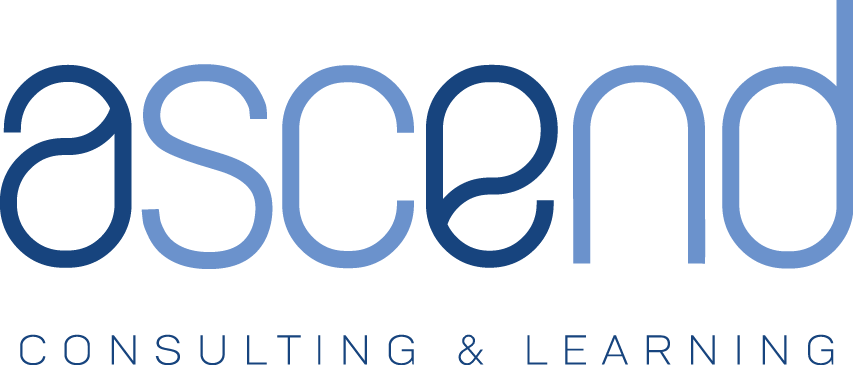I introduced the concept of the Business Model Canvas (BMC) in a previous blog post and discussed some of its advantages over a traditional business plan in the early stages of establishing a new venture. Basically, when embarking on a new venture, most of your planning is based on unknowns – you are trying to verify assumptions. The BMC is a great tool to help you frame your business model at a high level to outline which of these assumptions you need to verify for your venture to be a success. I promised to expand on the BMC as a tool a bit more in follow-up to this previous post, so here we go…
In order to better describe the BMC, we need to dive deeper into what the nine building blocks of a business model are. The book, Business Model Generation1, does a great of doing this (and more) in depth, so here I will try to summarize and fit these concepts specifically to Architecture and Engineering (A/E) firms.
A business model should outline the purpose of a business and define how it makes money. The BMC canvas does this by first outlining how a business produces and delivers value to its customers and how it gets compensated for providing this value. It then outlines the infrastructure (the key resources and activities and partners) that needs to be in place to deliver this value. This infrastructure defines the cost of providing this value. If the revenue from the value is greater than the cost of infrastructure needed to provide that value, you are onto something. If not, you had better be tweaking something.

Business Model Canvas – www.strategyzer.com
I plan to break this blog post into three separate articles and post as a series. In Part 1 below, we’ll dive deeper into the building blocks describing how value is created and how you will be paid for it. In Part 2, we’ll dive deeper into the building blocks describing infrastructure and the costs associated with delivering this value. Finally, in Part 3, we’ll look at an illustrative example of how the BMC may be utilized as a planning tool for an A/E firm.
Delivering Value
The first, and arguably most important, step is establishing who your Customer Segments will be and what Value Proposition you will offer them. In order to be successful, you need to make sure that there is fit between your customer’s needs and the value you are selling. There is a great tool to help map out this fit called the Value Proposition Canvas2 if you are interested in learning more. Customers can be defined by their needs in three categories.
- Jobs to be Done – These jobs to be done can be Functional such as a real estate developer’s need to build or lease a building, Social such as a need for a client to express status through a brand name design, Emotional such as the desire for aesthetics or feelings of security, or Supporting such as an engineer helping an architect serve the needs of their clients.
- Gains – What outcomes are customers currently expecting, how can you exceed these current expectations, how can you provide them with saving, how can you help them succeed, how can you make their lives easier or better?
- Pains – What pains exist for your customers – costs, risks, challenges, barriers to their success, and things that create negative emotions?
Keep in mind that you may have multiple customers for a single service you offer as is the case with an engineering sub consultant that may provide value for their direct architect client, their architect’s design-build contractor client, and their contractor’s developer owner customer. These should all be mapped as separate customers since they will likely have differing needs.
To be successful, your Value Proposition needs to address some of these needs of your clients. You probably can’t address all of these needs, but hopefully you are addressing the most important of their functional jobs, alleviating some of their biggest pains, and providing them with gains that are important to them. Remember that good strategy is just as much about what you won’t do and what you will do. Your Value Proposition can then be defined in terms of these three categories.
- Services – How will your services get the jobs done that the customers need done? Which of these jobs will you address? (Note: this can also be Products you provide – not common for A/Es, but not out of the question if you want this to be part of your business model).
- Gain Creators – How will your services create gains for your customers? Which of their desired gains will you address?
- Pain Relievers – Will your services alleviate the pain points of your customers? If so, which ones?
The next step in building the BMC is define what your Customer Relationships will be. It is highly likely for an A/E business that this will be a long-term trusted advisor type relationship. However, you may chose for this relationship to be a short-term transactional relationship or an indirect relationship where an intermediary is involved (the previously mentioned engineer working for architect who is working for a developer, for example). The type of relationship you define will affect how you will acquire new customers and retain and grow existing customers. You also need to define the Channels for how you will reach these customers. Will these channels be direct, such as a relationship with an internal seller-doer or thought leadership program, or will these channels be indirect such as may be the case for an engineering firm that sells indirectly to a developer through an architectural client/partner?
Once these building blocks for delivering value have been defined, what Revenue Streams will allow you to be compensated for this value. While this may be traditional A/E revenue streams such as hourly or fixed fee professional service fees, you may have an idea for additional or non-traditional revenue streams. Are you able to be compensated through licensing fees, is there the potential for recurring revenue streams, is being paid for the performance of the systems you design an option?
In Part 2 of this series, we will describe the infrastructure and costs building blocks of the BMC. Stay tuned for more…
Resources:
- Osterwalder, A. and Pigneur, Y. “Business Model Generation.” John Wiley & Sons, Inc. 2010.
- Osterwalder, A., Pigneur, Y., Bernarda, G., and Smith, A. “Value Proposition Design” John Wiley & Sons, Inc. 2014.

